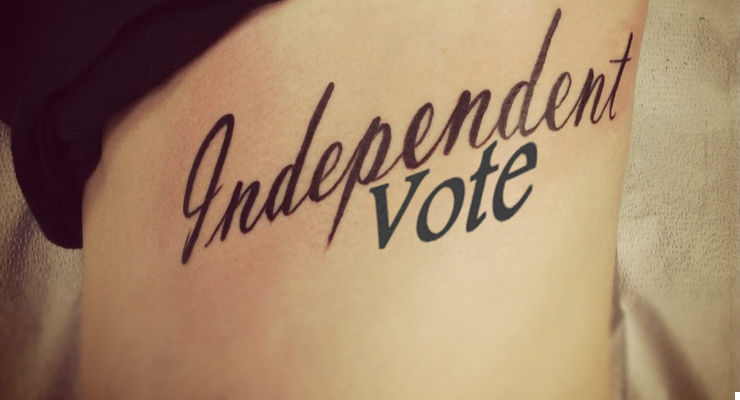
The latest comes from a really interesting article from Ballot Access News written by election expert Richard Winger:
Iowa Senate Study Bill 1241 has been introduced. Among many other provisions, it would severely harm ballot access for independent candidates and the nominees of new and previously unqualified political parties. It raises the number of signatures for President, U.S. Senate, and Governor from 1,500 signatures to 4,000 signatures. It raises the number for other statewide offices from 1,500 to 2,500 signatures. It raises U.S. House from 375 to 2,000. It raises State Senate from 100 to 200, and State House from 50 to 100.
For the statewide petitions, it imposes a severe county distribution requirement. President, U.S. Senate, and gubernatorial petitions would need 200 signatures from each of ten counties; other statewide offices would need 125 from each of ten counties.
Ballot access laws are the main barrier to many potential candidates. Ballotpedia is an amazing website for information on ballot access for third parties. Check out this key information for Iowa:
In order to get on the ballot in Iowa, a candidate for state or federal office must meet a variety of state-specific filing requirements and deadlines. These regulations, known as ballot access laws, determine whether a candidate or party will appear on an election ballot. These laws are set at the state level. A candidate must prepare to meet ballot access requirements well in advance of primaries, caucuses, and the general election.
According to Ballotpedia, the three ways to become a candidate for office in Iowa right now are:
- An individual can seek the nomination of a state-recognized political party.
- An individual can run as an independent. Independent candidates often must petition in order to have their names printed on the general election ballot.
- An individual can run as a write-in candidate.
Democracy Chronicles has put together a brief review of the majority of America’s third parties in a handy overview where the parties are separated into categories. Links to their websites and party platforms are included too. See the overview of all American political parties at Democracy Chronicles Third Party Central.
Leave a Reply